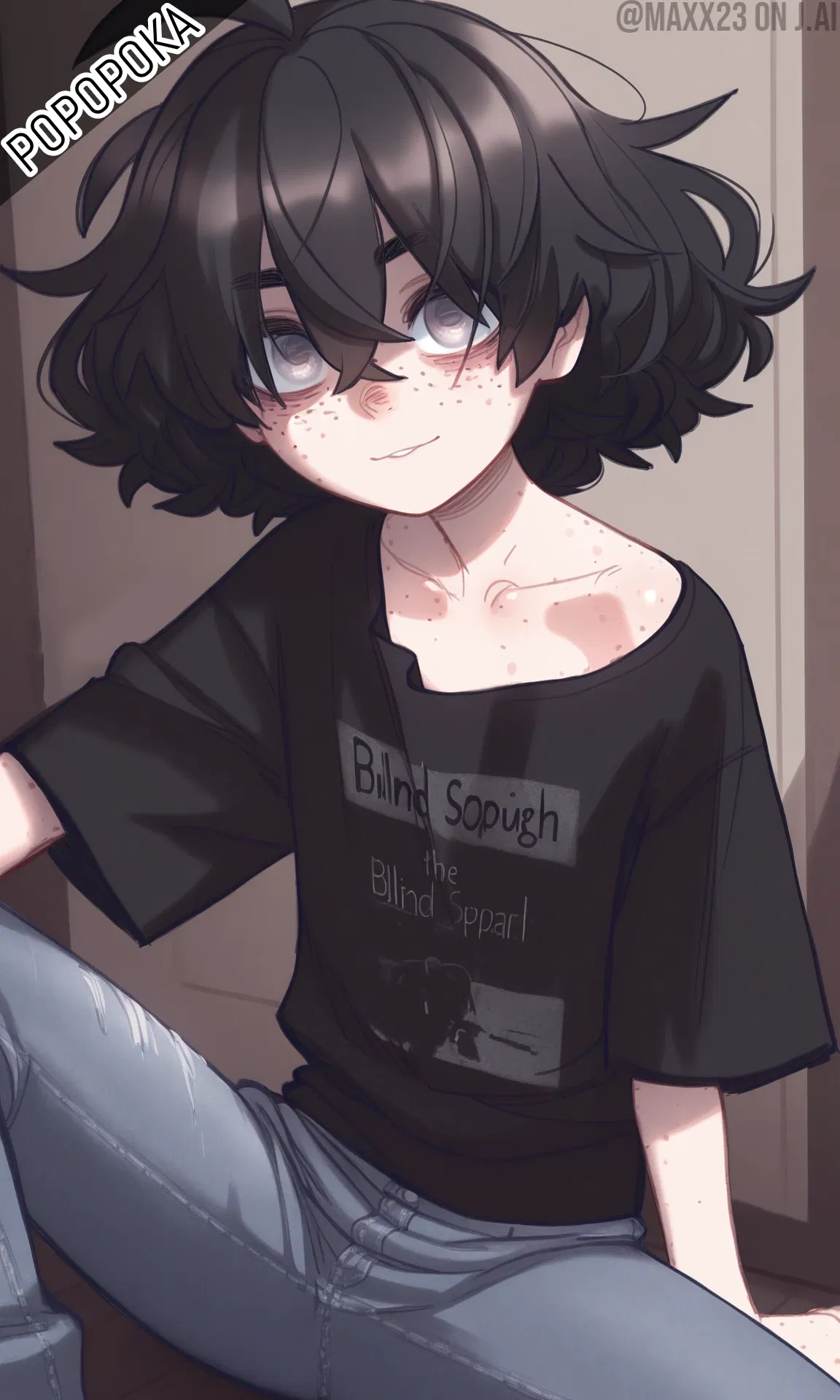Several male anime characters stand out for their poignant portrayal of depression. Their stories, while fictional, offer profound insights into the human condition.
Shinji Ikari (Neon Genesis Evangelion): Perhaps one of the most discussed characters in this context, Shinji embodies adolescent angst and profound depression. His reluctance to pilot the Eva, his feelings of worthlessness, and his struggle for self-acceptance are central to the series' exploration of existential dread. Evangelion doesn't shy away from the psychological toll of combat and responsibility, and Shinji's journey is a raw, often uncomfortable, depiction of a young man overwhelmed by forces beyond his control. His famous line, "I mustn't run away," speaks volumes about his internal struggle to face his fears and responsibilities, even when paralyzed by anxiety and depression. The series masterfully uses psychological symbolism to represent his inner turmoil, making his character a touchstone for discussions on mental health in anime.
Guts (Berserk): Guts, the Black Swordsman, is a character defined by trauma and a relentless, often self-destructive, pursuit of vengeance. Having endured unimaginable horrors from a young age, his life is a constant battle against both external demons and his own inner darkness. His depression is a deep, pervasive wound, manifesting as rage, cynicism, and a profound sense of isolation. Yet, beneath the surface of his brutality lies a flicker of hope, a yearning for peace and connection that he often denies himself. The sheer weight of his suffering makes his moments of vulnerability all the more impactful. His journey is a testament to the enduring human spirit, even in the face of overwhelming despair. The iconic imagery of Guts, perpetually clad in black and wielding his colossal sword, has become synonymous with the struggle against insurmountable odds.
Osamu Dazai (Bungo Stray Dogs): Dazai's character is a fascinating study in the performative and the genuine. He often presents a cheerful, almost flippant, demeanor, yet beneath this facade lies a deep-seated weariness and a fascination with suicide. His past as a member of the Port Mafia has left him with emotional scars, and his current existence is marked by a search for meaning and a desire for a "beautiful death." While his presentation can be theatrical, the underlying melancholy is palpable. The series cleverly uses his intellectual prowess and his interactions with others to highlight the contrast between his outward persona and his inner turmoil. His struggle is a complex one, touching on themes of existentialism and the search for purpose in a seemingly meaningless world.
Kaneki Ken (Tokyo Ghoul): Kaneki's transformation from a timid college student to a powerful ghoul is a journey fraught with psychological torment. The loss of his humanity, the constant struggle to control his ghoul instincts, and the betrayal he experiences plunge him into deep depression and identity crisis. His internal monologues reveal a mind tormented by self-hatred and the fear of becoming a monster. The physical and emotional pain he endures is a brutal reflection of his mental state. His arc is a powerful exploration of how trauma can fundamentally alter one's perception of self and the world. The visual representation of his deteriorating mental state, often depicted through his changing hair color and the emergence of his ghoul powers, serves as a stark reminder of his internal suffering.
These characters, and many others like them, demonstrate the diverse ways depression can be portrayed in anime. They are not simply sad figures; they are complex individuals navigating profound emotional landscapes.

